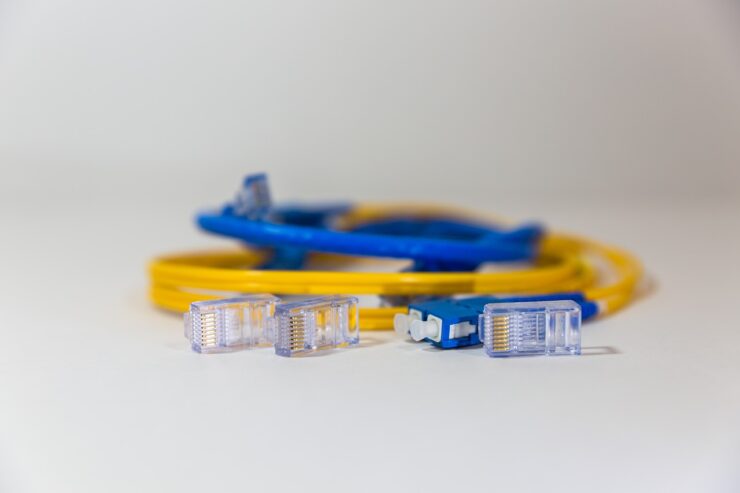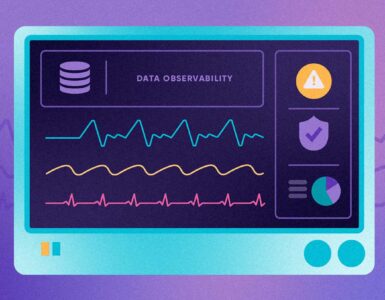The age of fiber Internet is finally here, and a lot of people are quite happy about it. There’s a good reason or a multitude of reasons to embrace this new technology, especially when it comes to businesses and companies of all shapes and sizes.
The fact of the matter is that fiber connectivity will provide numerous benefits and improvements compared to what we use today. That being said, here are a few huge business benefits of fiber Internet connectivity.
A brief history of Internet connectivity
Before we delve deeper into the benefits, let’s have a look at how Internet connectivity has evolved over the years. This will help give you the perspective about how far connectivity has come in a bit more than two decades.
Back in the day, people and businesses relied on the so-called public switched telephone network (PSTN) for the Internet connection. Aside from the slow bandwidth of 56 kbit/s max, people also had to endure those horrible noises originating from a dial-up modem. This went on until the mid-2000s when broadband connection finally took over alongside digital subscriber lines and asymmetric digital subscriber lines (DSL and ADSL) and copper wiring.
Today, however, the Internet connection has evolved into fiber optics that uses light signals to transfer data, thus allowing bandwidth speed of 10 to 40 Gbit (Gigabit) per second on average. That said, let’s move on to the benefits of fiber connectivity.
Also, see: What is IPTV and how does it work?
The speed
One of the main benefits of modern fiber Internet connection is definitely the speed. As mentioned before, fiber connectivity allows for an average bandwidth of 10 to 40 Gigabits/s. So how’s that even possible?
Fiber technology uses silica (drawing glass) to create transparent cables not thicker than a string of human hair. These cables transmit light signals over great distances, thus allowing much faster bandwidth than the good old coaxial cables. Light travels faster than electromagnetic signals and can carry a lot more data.
Reliability and resistance to interference
Among the major issues businesses had with an Internet connection was latency and interference or simply lag. When it comes to business communications, especially over vast distances, this can be a major pain. That said, fiber optics can resolve this issue permanently.
As a matter of fact, fiber cables are immune to any electromagnetic interference, as well as environmental hazards, and can carry signals across continents with ease. The light that travels through the cables uses a zigzag pattern so that it doesn’t diminish or lose any data over time.
Whether it’s voice or written data, the fiber connectivity will remain a reliable medium for business communication. You can now enjoy full-HD video conferencing with no delays or issues whatsoever.
Security
Fiber connectivity is not just about speed and reliability but also about security. As a matter of fact, optic fiber cables don’t transmit or emit any electrical or magnetic signals compared to their copper wiring predecessors.
That means that signals cannot be hacked or interfered with. In other words, no more signal spoofing to worry about. The only way to compromise the signal within an optic fiber cable is to damage the cable itself. That said, many fiber Internet providers also include specialized security measures to secure their connections.
Symmetric speed
Another huge benefit of fiber connectivity is the so-called symmetric speed. Simply put, it equalizes both download and upload speed on an internet connection. This simply wasn’t possible with older connections.
This is truly valuable for businesses, especially since there’s a lot of data sharing and file exchanges going on within a modern workplace. Employees will download files while uploading other documents at the same time. There’s simply no room for delays in such an environment.
Better data transfer
We can all reflect on the days when our Internet providers warned us about the number of connected devices our connection can withstand. Today, that obstacle is no more. Fiber connectivity is fast enough to provide exceptional bandwidth to any number of devices within a company.
Laptops, desktops, smartphones and others will all have a seamless Internet connection. The advantage for businesses here is that they can leverage cloud-computing even more efficiently now. Whether it’s software, data sharing, storage, CRM (Customer Relationship Management) or entire virtual infrastructures that you’re leveraging, cloud-computing is much more efficient with fiber connectivity.
Cutting down on expenses
Fiber connectivity features are all well and fine for business owners, but the most important factor for companies is the monetary gain or loss of having such connectivity. Everyone wants to know if there’s any money to be saved from opting for fiber Internet.
For commercial use, fiber optics may still be a bit unaffordable at the moment. You can get an Internet speed of over 1 Gbit/s for somewhere around $100 per month. For businesses, this is a bargain they’ve been looking for, especially when you consider how much you can save long-term.
Any delays or latency in your internet connection can cost you thousands upon thousands of dollars each year due to lost business opportunities, loss in productivity and so on.
With fiber connectivity, you no longer have to worry about any of that anymore. Ultimately, cutting down on expenses regarding internet connection will greatly outweigh any costs related to installing and paying for a fiber connection.
Fiber optics have revolutionized the Internet connection as we know it. Now that fiber connectivity is available for use, businesses stand to get a serious upgrade. With such a reliable connection, business operations are sure to transform for the better.




























